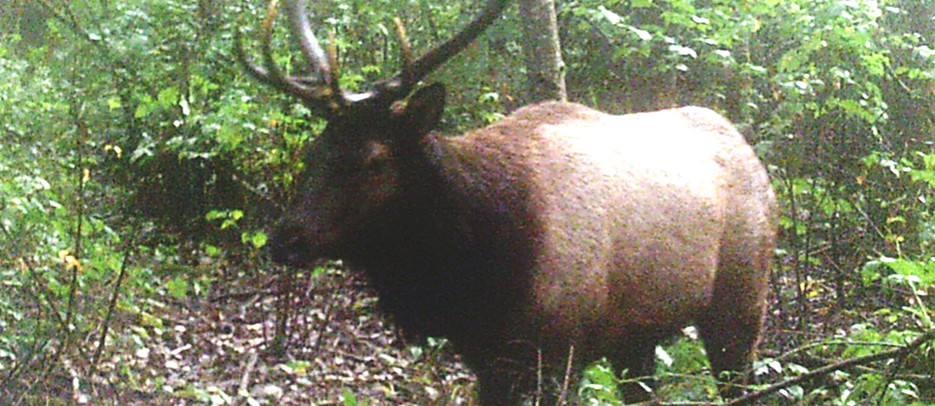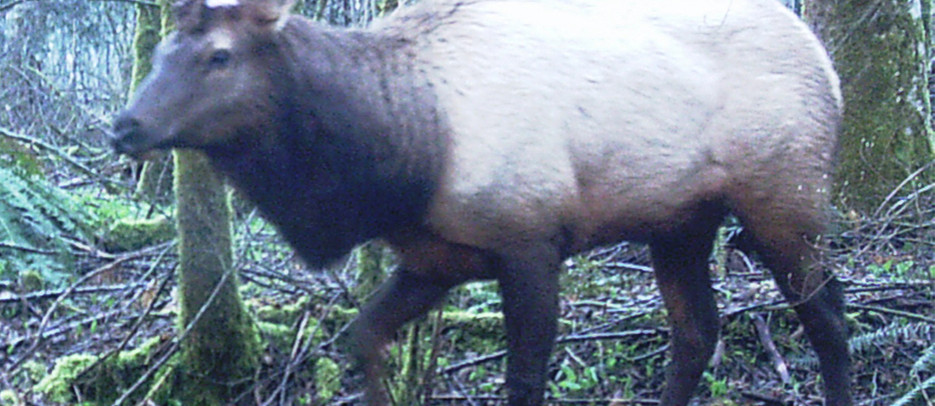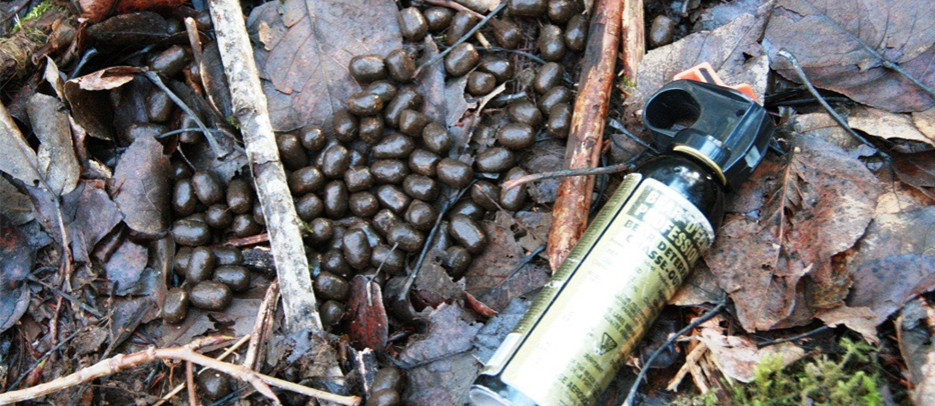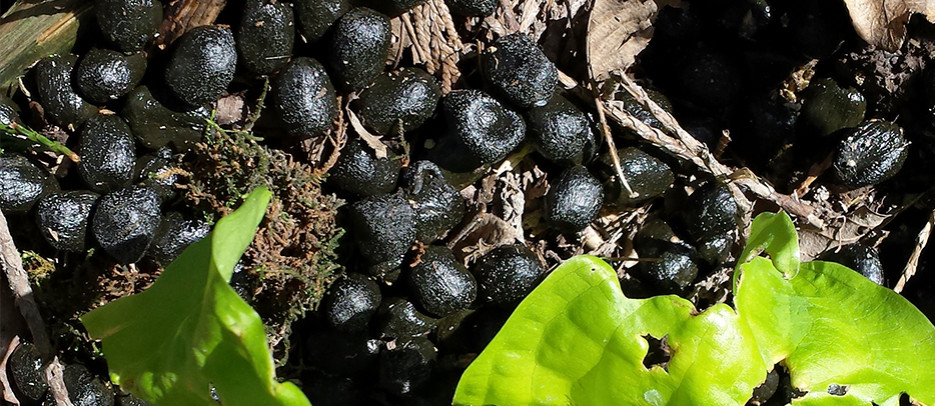Elk
Roosevelt elk (Cervus canadensis roosevelti), a provincial blue-listed species, were re-introduced into the Squamish Valley in 2006 and into the Mamquam River Watershed in 2011. They are the largest of the four remaining North American elk subspecies and they play an important role within the forested ecosystem. Elk browse and graze leaves, grasses, bark, forbs and various plants and can consume upwards of 9 kg of vegetation per day. their main predators are wolves and cougars so where there are elk, there will be predators.
Over the past few years, there have been numerous sightings of elk near Highway 99 and there have been multiple elk-vehicle accidents. The District of Squamish, in partnership with the Conservation Officer Service, the Ministry of Transportation and Infrastructure, the RCMP and Miller Capilano Maintenance Corporation facilitated the installation of two elk warning signs for Highway 99.
To ensure both motorist's and elk safety, it is critical to drive the posted speed limit and to stay alert, particularly at dusk and dawn when wildlife are most likely to be active. Never pull over or stop to photograph wildlife along the highway as this creates a dangerous situation for both motorists and wildlife. It also habituates the wildlife to humans. If you do see elk along the highway, please use your hands-free device and call the Conservation Officer Service 24/7 hotline at: 1.877.952.7277.
For more information, please go to the BC Wildlife Collision Prevention Program.







